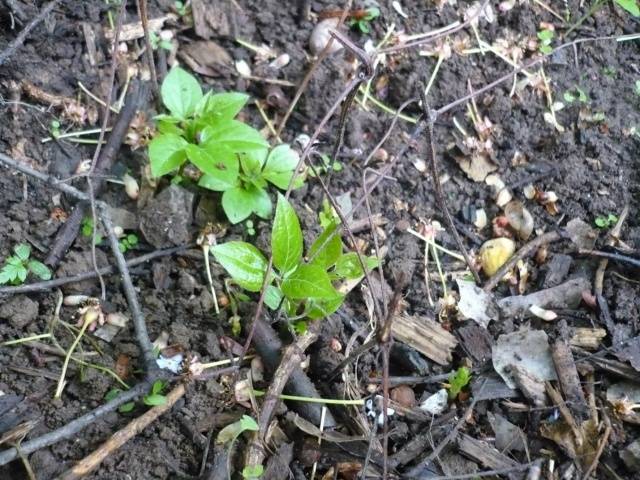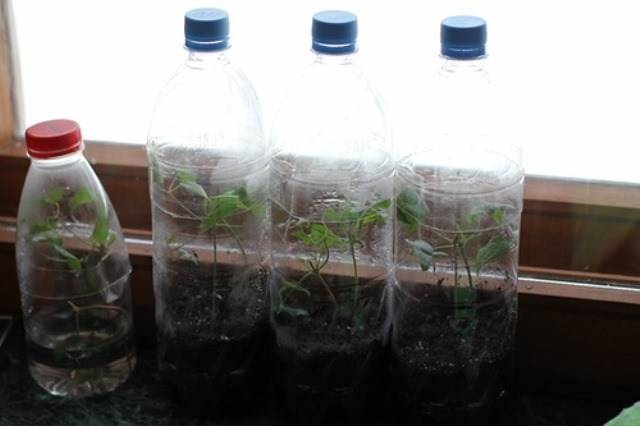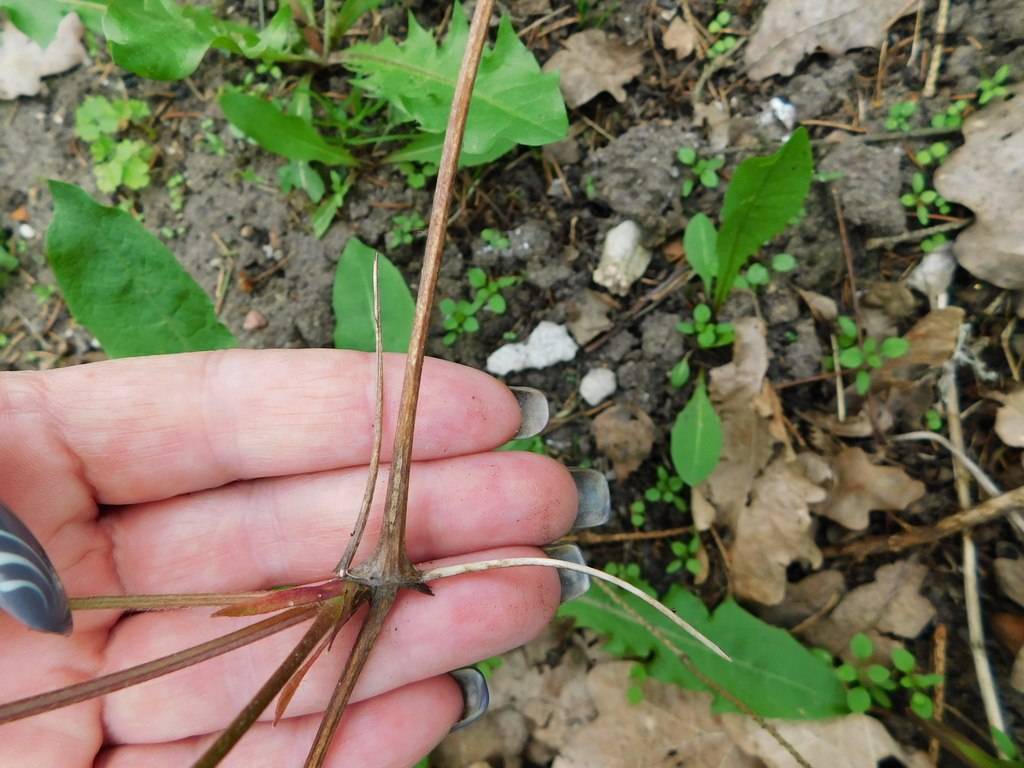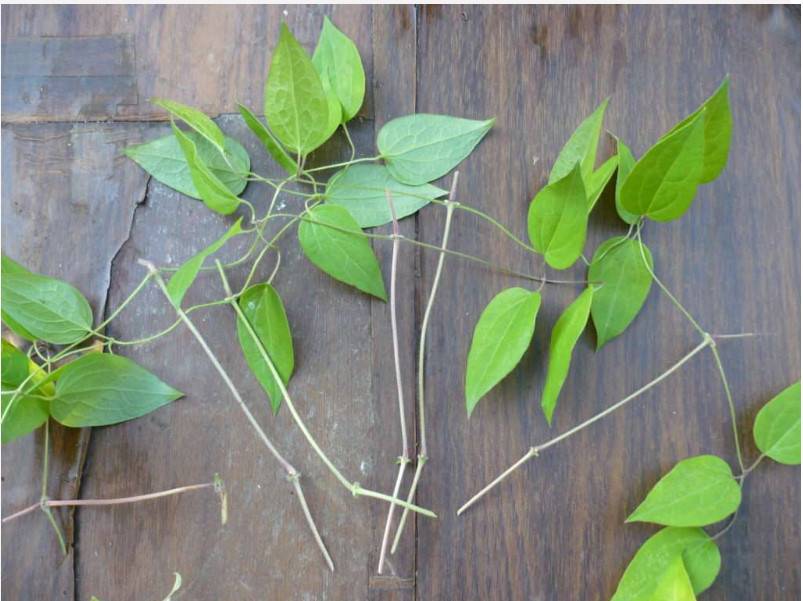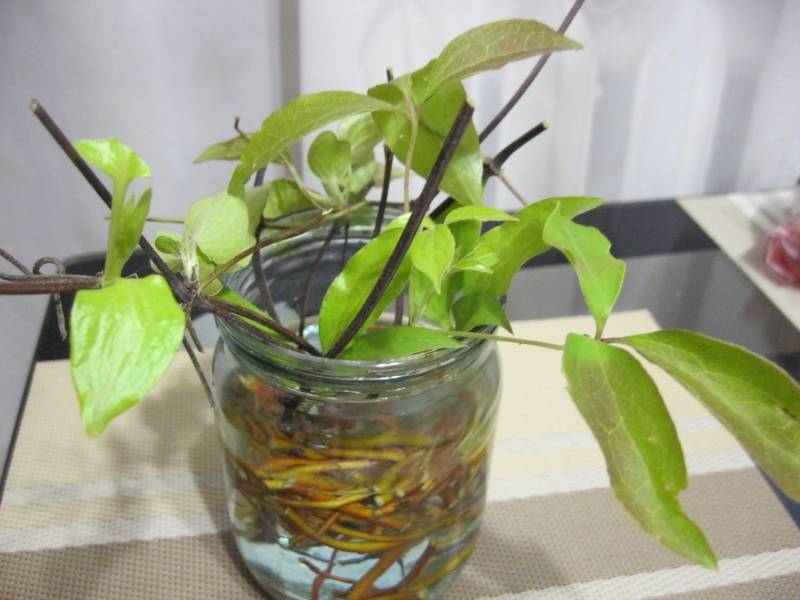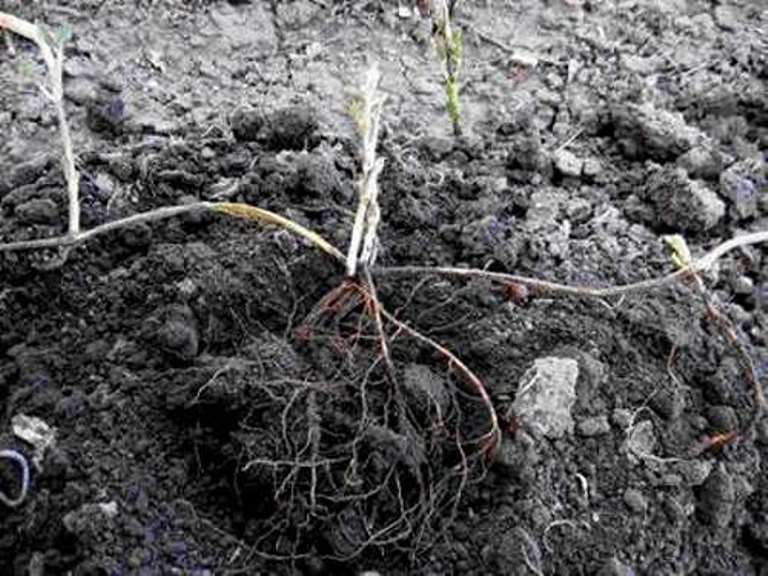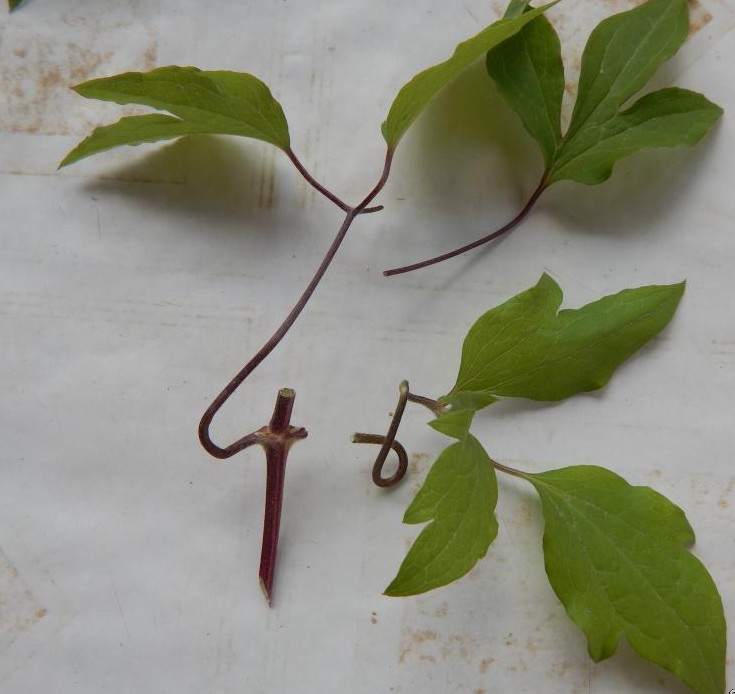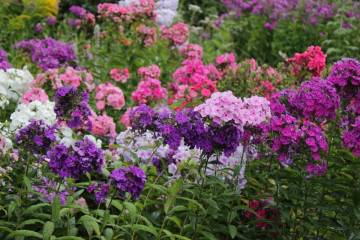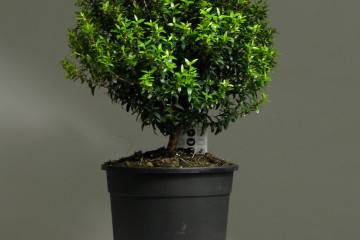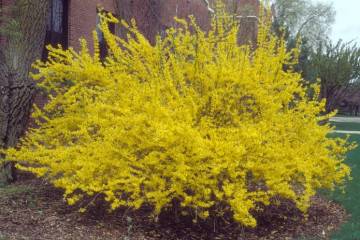How to propagate clematis - propagation by cuttings in summer
Content:
Clematis is deservedly called the "king" of ornamental climbing plants. It is a very spectacular vine with a long flowering period. Novice florists are interested in the question: how clematis reproduces, what is the most suitable time of the year for this.
How to propagate clematis
Many gardeners grow liana on their site, not suspecting that the cultivation of a plant is not particularly difficult and possibly using various methods:
- seeds;
- green and lignified cuttings;
- dividing the bush;
- layering;
- vaccination.
Seed propagation
This method is suitable for wild species. The seeds of the hybrids do not retain the varietal properties of the parent plant. In order for the grains to acquire good germination, they are soaked for 2-3 days in water, then they are laid out in a mixture of peat with sand and placed in a refrigerator for 2-3 months. In spring they are sown in open ground.
Natural stratification occurs when sowing seeds in the fall in open ground. With this method, the germination rate is lower, but the first shoots appear in April. Sowing at home with growing through seedlings is rarely used, since clematis seedlings do not tolerate picking well.
It is noticed that the sprouting rate is determined by the size of the seed. Grains 1-3 mm hatch within 20-90 days, seeds 3-4 mm - after 3-4 months. Seed shoots with a size of 6-7 mm will have to wait for more than six months.
Small-flowering clematis bloom in the second year, varieties of some vines begin to bloom 3-4 years after sowing.
Reproduction by layering
This is a fairly simple way to breed vines. Grooves are dug out with a depth of 8-9 cm in the diametrical direction from an adult bush. Low-growing shoots of a bush fit into the grooves. In places of internodes, shoots are pinned to the soil, lightly covered with earth. The top of the whip should be at least 20 cm long with several leaves on the surface.
The planting site is carefully watered, being careful not to damage the soil layer. When the buried parts of the plant take root and young shoots appear, the grooves are completely buried. During the summer, the soil near the seedlings is moistened, fed 3-4 times with complex mineral fertilizer.
Dividing the bush
Reproduction of clematis by dividing the bush is successful, provided there is an adult strong specimen at least 5 years old. Often this procedure is combined with the need to transplant a plant to a new location.
Description of step by step instructions:
- The plant is watered abundantly so that the water reaches the roots deep in the soil.
- They dig in the liana in a circle, trying to minimize the injury to the root system.
- The stems are cut with sharply sharpened pruners. Leave the whips 20-30 cm high without leaves.
- The bush is taken out of the ground, the root system is freed from the soil. The roots are washed under running water.
- With the help of an ax or pruning shears, a lump of roots is divided into 2-3 parts, trying to ensure that each section has a branched root system and 1-2 shoots.
- The divided parts are placed in a growth stimulant solution for 2-4 hours.
Old, overgrown bushes are dug in on one side and part of the plant with roots is removed without digging up the whole plant.
Propagation by cuttings
For propagation, use green cuttings of the current year and two-year lignified cuttings. Cutting clematis in summer is the most popular method of plant propagation, which has a high probability of survival (85-95%).
Reproduction of clematis by green cuttings (in spring)
In May-June, cuttings are cut from clematis of the first and second pruning classes, which are capable of blooming on the shoots of the last year. These plants release young shoots and buds from the end of spring. Wild species of lianas release young lashes with buds early. Spring cuttings are common in the southern regions of Russia.
How clematis reproduces by cuttings in summer
Most of the varieties and hybrids begin to bloom in June-July. How can clematis propagate by cuttings in the summer: the material for breeding is taken from strong healthy bushes during the budding period.
Prepared cuttings are planted in a loose substrate consisting of peat, compost and sand. Clematis are often affected by fungal diseases, so the soil must be disinfected.
Autumn reproduction of clematis by lignified cuttings
Two-year semi-lignified shoots are suitable for autumn reproduction. When planted in open ground, they will have time to take root if the cold does not come within 1-1.5 months. In northern regions with early autumn frosts, the prepared material is stored in containers in a cellar at a temperature of 0-3 degrees. The cuttings are sprinkled with wet sawdust or shifted with sphagnum moss. At home, you can root cuttings in soil or water. Young plants after wintering in an apartment are planted in the spring in open ground.
Rooting cuttings in plastic bottles
A folk method that has proven itself in practice. How to root clematis cuttings using plastic containers:
- the bottle is cut in half;
- holes are made in the lower part for the outflow of water;
- a drainage layer of sand or expanded clay with a thickness of 3-4 cm is poured;
- the container is filled with a loose substrate;
- cuttings are stuck at an angle of 45˚ at a distance of 5 cm from each other;
- put on the upper half of the bottle, fasten the joints with tape, close the lid.
The bottle with cuttings is placed in a shaded place. After 2-3 weeks, start airing by opening the lid. When young shoots appear, the top of the bottle is removed.
When is it better to reproduce clematis
Each plant propagation method has its own favorable period. Vine cultivation by cutting young shoots is carried out in spring or summer. Reproduction by lignified cuttings in early autumn. It is better to divide the bush at the end of March-April before the start of sap flow or in the fall. Seeds are sown in open ground before winter or spring.
When is it better to cut clematis
The time for harvesting green cuttings depends on the clematis variety and the region of its cultivation. Experienced flower growers advise taking planting material during the extension of the buds or the opening of the first flowers.
In the more southern regions this occurs in May, in the northern regions during the summer months. It is not recommended to carry out cuttings of clematis in August, the twigs can fall under early frost, without having time to take root.
Lignified cuttings are harvested in the fall. This often happens during clematis pruning. A large amount of planting material can be prepared from cut lashes.
Harvesting and processing of cuttings
You should obtain propagation material from plants that are at least 3 years old. More than a third of the total mass of shoots cannot be taken from one bush. The event is best held in the evening or in cloudy weather. Before pruning, garden tools (sharp knife, pruning shears) are disinfected.
How to properly cut clematis in spring and summer:
- The shoot is trimmed at a distance of 30 cm from the ground. Only the middle part is suitable for cutting cuttings; the upper part of the lash is not suitable for these purposes.
- The upper cut of the cutting should be straight and 2-3 cm above the bud. The lower cut is made obliquely below the kidney by 2-3 cm.
- The length of the cutting should be 7-10 cm and contain 1-2 buds, 2 leaves. Large leaves are cut in half.
Before planting, the cutting is treated with a root stimulator. The optimum temperature for rooting cuttings is + 25-26 degrees.
How to root a stalk in water
Cuttings can root when placed in a jar of water. Chlorinated liquid is not suitable for these purposes. You need to take bottled or rain. Tap water can be used if it has stood for 2-3 days. The stalk is placed so that only the lower part of the stalk is in the water, the bud and leaves should not touch it. The root system is formed in 1-1.5 months. Plants are transplanted into plastic cups, where they overwinter at home. In the spring they are planted in a permanent place.
Transplanting young clematis into open ground
A suitable place is chosen for planting a young plant. Well lit, but not in the sun, sheltered from the winds. When planting next to a hedge, you should retreat 0.5 m for normal root development.
Acidic soil is neutralized with ash or dolomite flour (200 g per sq. M). Heavy soils are dug up with peat and river sand. Dig a planting hole 60 cm deep and wide. Drainage from pebbles or gravel is laid on the bottom with a layer of 15 cm. The planting hole is filled 2/3 with a mixture of sand, peat, humus, fertile soil in a ratio of 1: 1: 1: 1.
The best time to plant young clematis is late April-early May. The root system of the plant is soaked in Kornevin's solution for 2-3 hours. In the center of the planting pit, a slide is made, on which the seedling is placed, evenly distributing the roots in a circle.
The planting is covered with earth. The root collar should be 12-18 cm below the soil level. It is better to fall asleep and the first two buds - this will increase the winter hardiness of the bush, will promote tillering. The planted clematis is watered abundantly, trying not to expose the root collar.
Growth regulators and other gardening recommendations
Cuttings root much easier if they are soaked in one of the growth stimulants before planting.
| Drug name | quantity | Dilution in water (ml) | Processing time (h.) |
| "Heteroauxin" | 1 tablet | 2000 | 1-2 |
| "Zircon" | 2-3 drops | 300 | 8-18 |
| "Kornevin" | 1 g | 200 | 2-3 |
| Sodium humate | 0.5 g | 1000 | 8-12 |
For the full formation of the root system, plants are sprayed with the addition of immunomodulators "Creazicin", "Domotsveta".
Advantages and disadvantages of different breeding methods for clematis
Each breeding method has its pros and cons, and is more convenient for a specific situation.
Comparison of the effectiveness of different methods of breeding clematis
Propagation by cuttings is the most popular method. Allows you to get a lot of young seedlings. Annual cuttings have almost 100% survival rate. The method requires control and maintenance, creating an optimal temperature and humidity for root germination.
The advantages of propagation by semi-lignified cuttings:
- young plants grow ahead of seedlings grown from green shoots;
- young plants grow harder;
- in autumn the grower has more free time.
The disadvantage of this method is low survival rate (no more than 70%).
Rooting by layers is the easiest method that does not require labor costs. With the help of the method, you can get a limited number of seedlings, the plants take root for a long time.
Only adult plants can be propagated by dividing the bush. This requires some effort, it severely injures clematis. Seed propagation is a lengthy process, suitable only for plant species.
Knowing how clematis reproduce correctly, having tested the methods empirically, you can significantly increase the collection of climbing plants on your site. Breeding by dividing the vine performs an additional function of rejuvenating old bushes.

